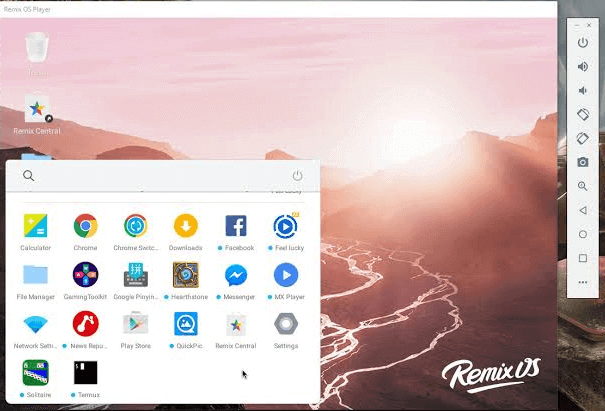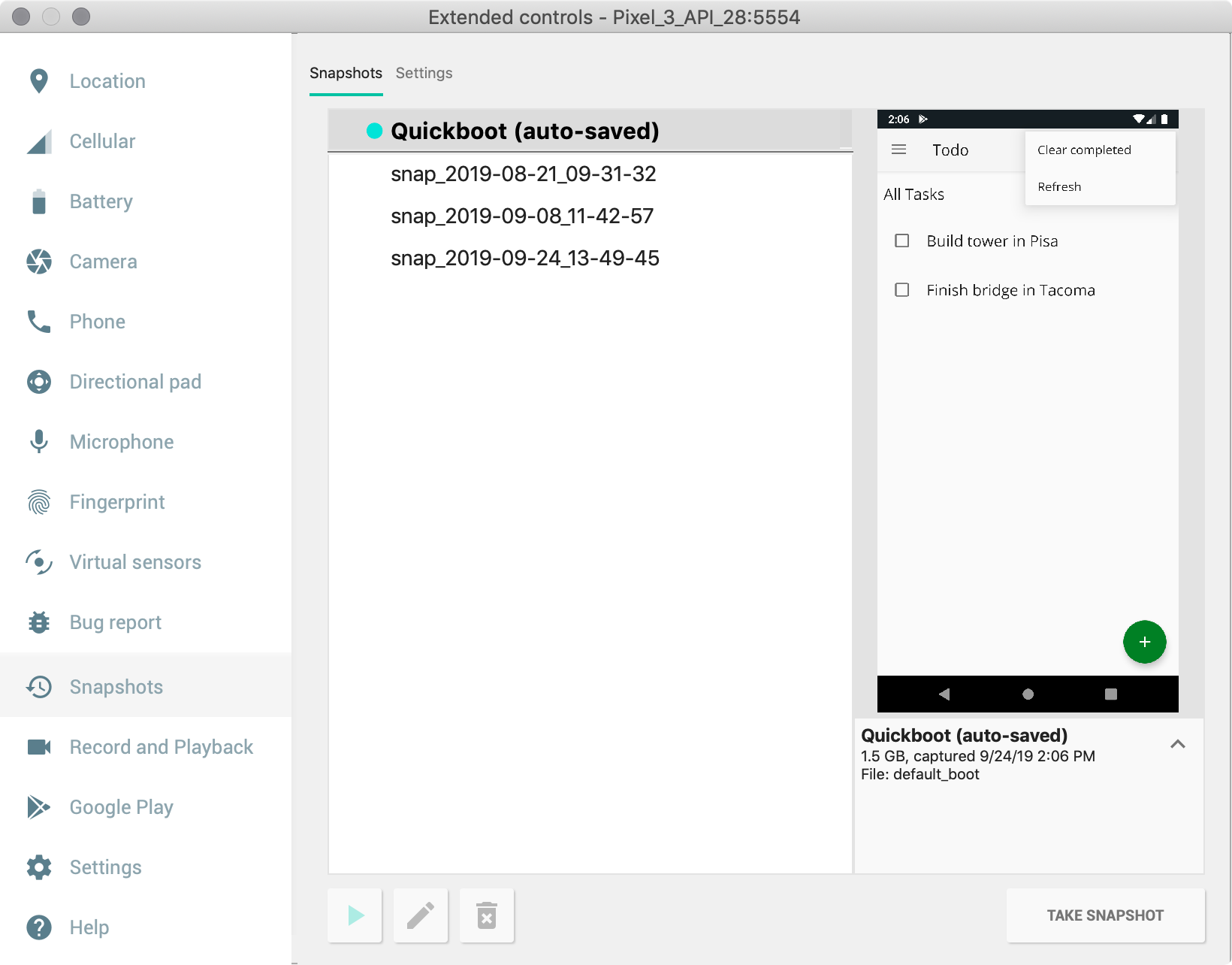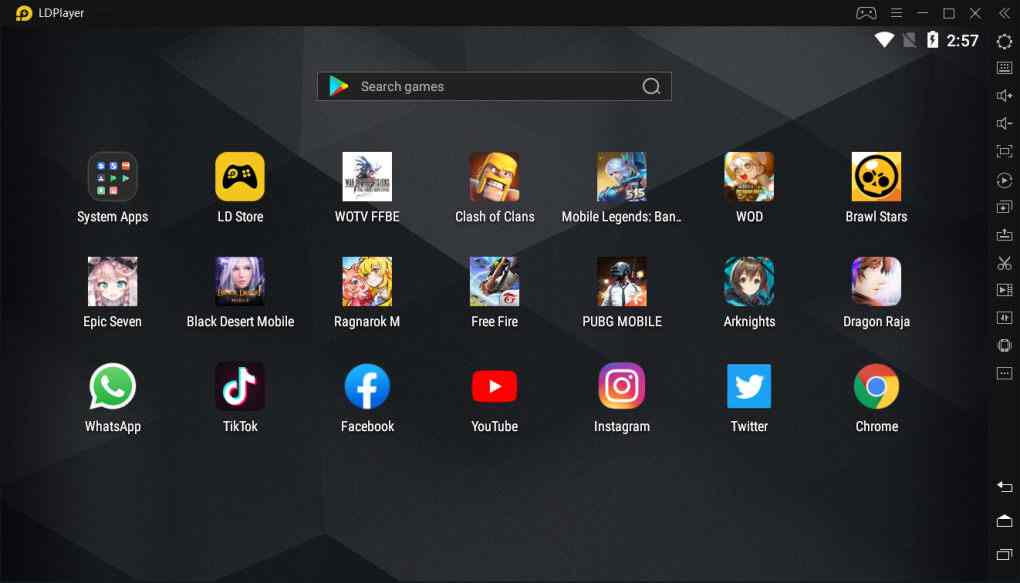

display lists and feedback are removed, as are push and pop operations for state attributes,.Bitmap operations, specifically copying pixels (individually) is not allowed, nor are evaluators, nor (user) selection operations, several of the more technical drawing modes are eliminated, including frontbuffer and accumulation buffer.ARB_Image pixel class operation are not supported, nor are bitmaps or 3D textures,.polygon mode and antialiased polygon rendering are not supported, although rendering using multisample is still possible (rather than alpha border fragments),.


Many other functions and rendering primitives were removed in version 1.0 to produce a lightweight interface, including: Attributes were also added to better support the computational abilities of embedded processors, which often lack a floating point unit (FPU). Other significant differences are that the calling semantics for primitive rendering functions were changed in favor of vertex arrays, and fixed-point data types were introduced for vertex coordinates. One significant difference between OpenGL and OpenGL ES is that OpenGL ES removed the need to bracket OpenGL library calls with glBegin and glEnd. OpenGL ES 1.0 is based on the original OpenGL 1.3 API, with much functionality removed and a little bit added. OpenGL ES 1.0 was released publicly July 28, 2003. Version 1.0 and 1.1 both have common (CM) and common lite (CL) profiles, the difference being that the common lite profile only supports fixed-point instead of floating point data type support, whereas common supports both. OpenGL ES comes with its own version of shading language (OpenGL ES SL), which is different from OpenGL SL.
HOW DO I INSTALL ANDROID EMULATOR WITHOUT OPENGL 2 PORTABLE
This means that, for example, an application written for OpenGL ES 1.0 should be easily portable to the desktop OpenGL 1.3 as the OpenGL ES is a stripped-down version of the API, the reverse may or may not be true, depending on the particular features used. OpenGL ES 1.0 is drawn up against the OpenGL 1.3 specification, OpenGL ES 1.1 is defined relative to the OpenGL 1.5 specification and OpenGL ES 2.0 is defined relative to the OpenGL 2.0 specification. Several versions of the OpenGL ES specification now exist.


 0 kommentar(er)
0 kommentar(er)
